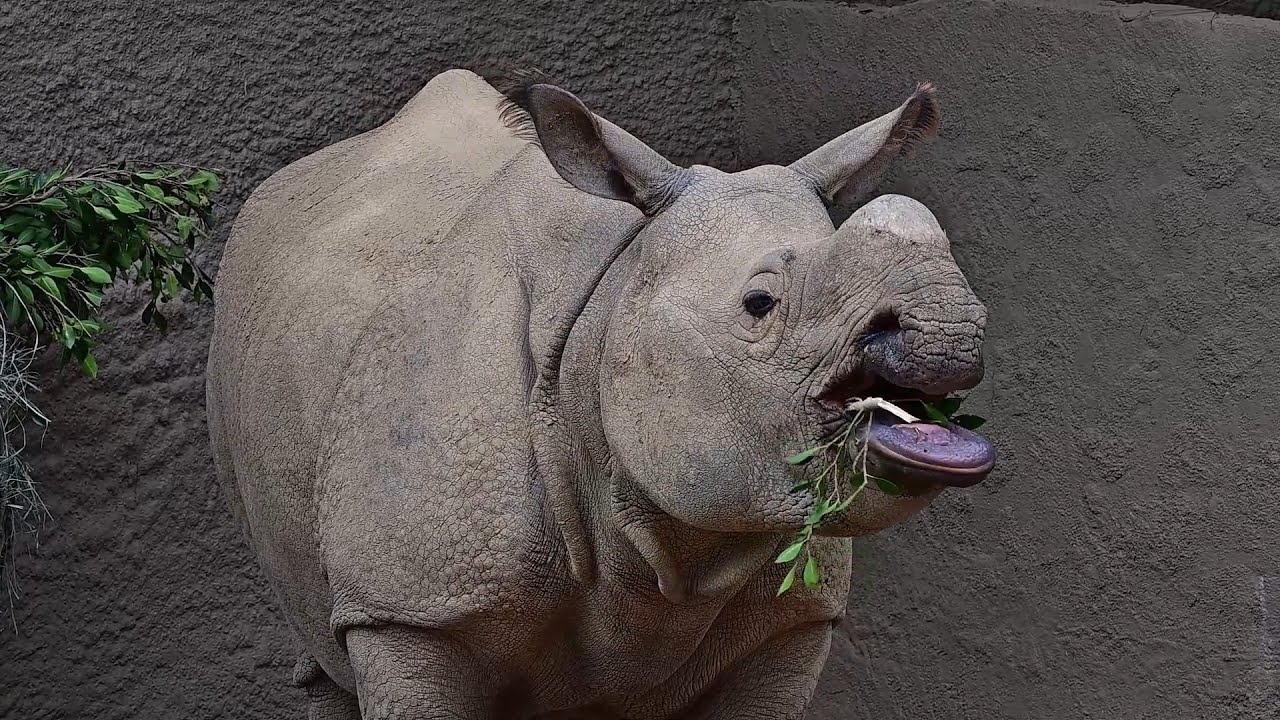– Exploring the nutritional needs and diet of rhinoceros in captivity through “Snack Time with Marshall the Rhino“
– The role of interactive educational experiences like “Snack Time with Marshall the Rhino” in promoting wildlife conservation
– Insights into zoo management practices that support the well-being and health of large mammals such as rhinoceros
– The importance of public engagement in wildlife conservation and how initiatives like “Snack Time with Marshall the Rhino” contribute
“Snack Time with Marshall the Rhino” offers an insightful glimpse into rhinoceros’ dietary habits and care within a controlled environment, such as a zoo or wildlife sanctuary. This initiative serves as an educational tool for the public and underscores critical aspects of zoo management, wildlife conservation, and the specific needs of rhinoceros in captivity. This article aims to provide valuable information on the subject through an in-depth exploration of these themes.
Nutrition plays a pivotal role in the health and longevity of rhinoceros in captivity. Their diet primarily consists of leafy materials, including grasses, leaves, branches, and fruits, essential in meeting their nutritional requirements. “Snack Time with Marshall the Rhino” showcases the variety and type of food items necessary to maintain the well-being of a rhinoceros-like Marshall. Proper nutrition is crucial not only for the physical health of these large mammals but also for their mental well-being. Zoos often incorporate enrichment activities into feeding times to simulate a more natural foraging behavior, promoting mental stimulation and physical activity.
The zoo’s management practices are critical in ensuring the overall health and satisfaction of animals under their care. Quality nutrition, habitat design, socialization opportunities, and regular health checks are fundamental to comprehensive zoo management. “Snack Time with Marshall the Rhino” highlights the meticulous attention to detail necessary in the dietary planning and provisioning for rhinoceros. These practices indicate a zoo’s commitment to animal welfare and conservation. By providing adequate space, appropriate social structures, and enrichment activities, zoos can mimic natural habitats and behaviors, contributing to the animals’ physical and psychological health.
Wildlife conservation efforts benefit significantly from public engagement and educational programs such as “Snack Time with Marshall the Rhino.” By fostering a connection between the public and animals like Marshall, such initiatives encourage a deeper understanding and appreciation for wildlife. This awareness can lead to greater support for conservation efforts, both locally and globally. Understanding the challenges rhinoceros face in the wild, including habitat loss and poaching, is crucial for effective conservation. Educational experiences at zoos can serve as a platform for raising awareness and initiating conversations about these pressing issues.
The importance of interactive educational experiences in promoting wildlife conservation cannot be overstated. “Snack Time with Marshall the Rhino” effectively engages the public in environmental stewardship. Visitors learn firsthand the complexities of caring for endangered species through direct interaction and observation. This can inspire a sense of responsibility and urgency towards conservation efforts. Such experiences highlight the role of zoos as conservation educators and advocates, bridging the gap between humans and wildlife.
In conclusion, the practices and principles illustrated by “Snack Time with Marshall the Rhino” are integral to zoology, zoo management, and wildlife conservation. By emphasizing the nutritional needs of the rhinoceros, the significance of effective zoo management, and the power of public engagement, initiatives like these play a crucial role in the broader efforts to conserve and protect endangered species. Through education and engagement, we can foster a culture of conservation that supports the prosperity of wildlife and natural habitats for generations to come.
*****
Source Description
Wild for the Planet continues today, 4/21! Guests can expect to enjoy:
🌎 Earth-themed animal enrichment for greater one-horned rhinoceros — 11 a.m. and Chimpanzees — 2 p.m.
📖 A special reading of, “Buffalo Fluffalo” with author Bess Kalb
🎵 Rock out with @3rdrockhiphop
🍯 Honey tasting (for an extra fee)
♻️ Bring and recycle your old electronics at the @ecocellrecycle booth for a chance to win a free L.A. Zoo Family Membership
and more!
All programming is free with paid daytime admission and for GLAZA members.
Details at link in bio.
#WildWeekends #LAZoo


